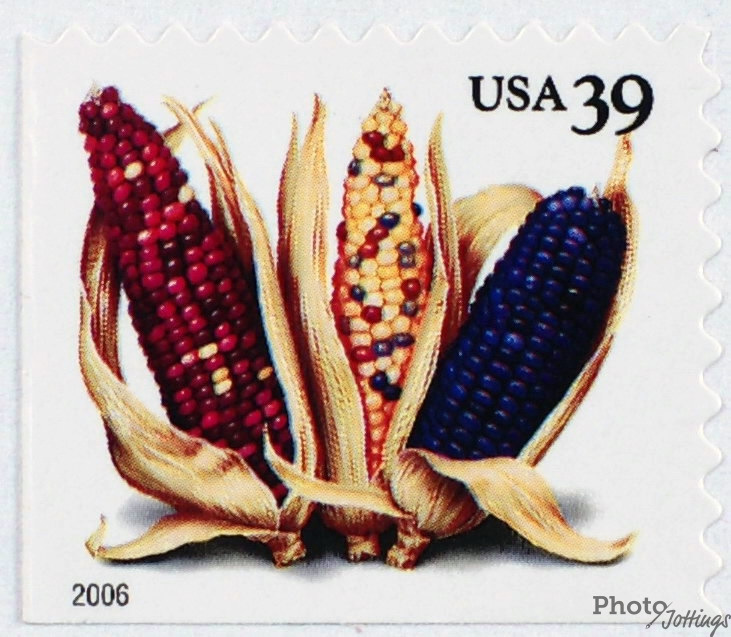Here’s a brief look at the Sony 50mm F/1.4 lens. Scroll down for the review.
|
Lens
|
SAL-50F14 Sony 50mm F/1.4
|
|
Box contents
|
Front and rear caps, hood, and users manual.
|
|
Cost
|
$450 retail
|
|
Build quality
|
Very good
|
|
Additional information
|
Check out the great performing, but more expensive Sigma 50mm F/1.4 HSM.
|
| Specifications below |
|
|
Optical configuration
|
7 elements in 6 groups
|
|
Angle of view
|
47° (full frame) 32° (APS-C)
|
|
Aperture
|
7 blades, circular
|
|
Full frame and APS-C
|
Yes, made for full frame. APS-C equivalent, 75mm
|
|
Depth of field and focus scales?
|
Yes and yes
|
|
Minimum focus, image plane to subject
|
18″ (450mm)
|
|
Minimum focus, end of lens barrel to subject
|
13.5″ (343mm)
|
|
Hard stop at infinity focus?
|
Yes
|
|
Length changes when focusing?
|
Yes
|
|
Focus ring turns in AF?
|
Yes
|
|
Filter size
|
55mm
|
|
Filter ring rotates?
|
No
|
|
Distance encoder?
|
Yes
|
|
Max magnification
|
0.15x
|
|
Min. F/stop
|
F/22
|
|
Sony teleconverter compatible?
|
No
|
|
Dimensions W x L (my measurements)
|
2.58″ x 1.7″ 65.5mm x 43mm
|
|
Maximum extended length (my measurements)
|
1.96″ (50mm)
|
|
Weight bare (my scale)
|
7.8oz (221g) 8.6oz (245g) with caps
|
 |
| Front glamour shot |
 |
| Box and lens |
 |
| Front on A700 |
 |
| Backside |
 |
| Side shot |
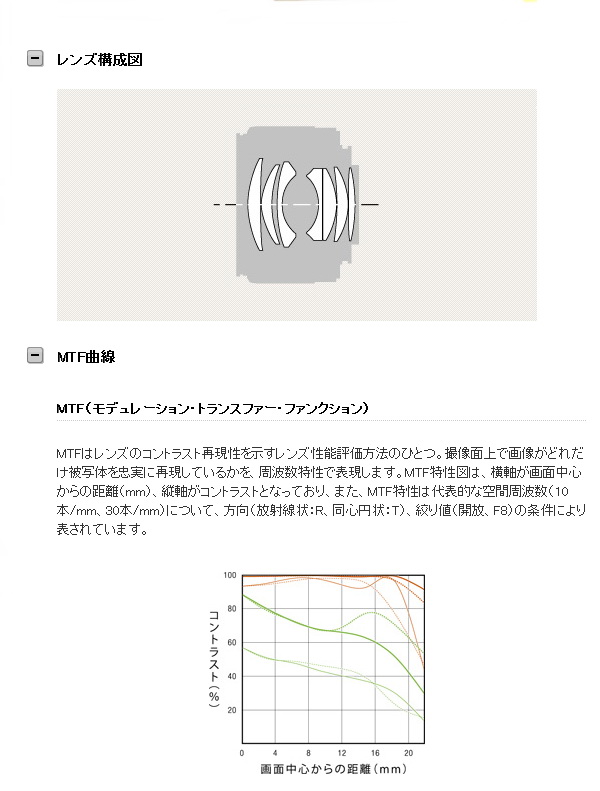 |
| Sony X-ray view and MTF chart |
|
Sun in shot, F/5.6
|
Sun centered, F/5.6 |
 |
 |
|
Bokeh, F/1.4
|
Bokeh, F/2.0
|
 |
 |
|
Swirling bokeh, F/1.4
|
gone at F/2.0
|
 |
 |
When the sun is in the frame at an angle, some ghosting shows up, mostly a purplish/green blob seen in the lower right of the first image. When the sun is centered, everything is fine. This lens has an updated multi-coating and has much better resistance to flare and ghosting than the older Minolta AF 50mm F/1.7. Bokeh is a little harsh at F/1.4, but smooths out at F/2. At F/2.8 the aperture shape starts to show up. The bottom shot shows an example of large aperture “swirling bokeh,” which some people like, and some people don’t. These (bottom row) shots were taken with the A900, but it still shows up in cropped sensor cameras. In the F/1.4 crop it looks like the background is spinning. I hate it, but that’s just me. By F/2 it looks better.
Coma samples below.
|
F/1.4
|
F/2.0
|
 |
 |
Coma is strong at F/1.4, but goes away quickly with the cropped sensor camera. If this looks bad to you, don’t scroll down and check out the full frame results!
Example of veiling haze cropped from the center.
|
F/1.4
|
F/2.0
|
 |
 |
 |
| Barrel distortion. |
Distortion is almost flat, and isn’t noticeable in real shots. For those of you who look at your images with a grid overlay, there is slight barrel distortion.
Light fall-off.
|
F/1.4
|
F/2.0
|
 |
 |

Shot at F/1.4, no adjustments. Light fall-off in real images is not noticeable on a cropped sensor camera. You’ll only see natural light fall-off from the sun position and your shooting angle in the sky.
I wonder how sharp the corners are?
|
F/1.4
|
F/2.0
|
 |
 |
|
F/2.8
|
F/4.0
|
 |
 |
|
F/5.6
|
F/8.0
|
 |
 |
These crops are from the extreme bottom left corner. Things look fuzzy here at F/1.4, but it’s dumb to shoot like this. Things sharpen up gradually to F/5.6. The corners aren’t really much different from the centers as far as sharpness goes.
How sharp are the centers if the image is enlarged to a staggering size?
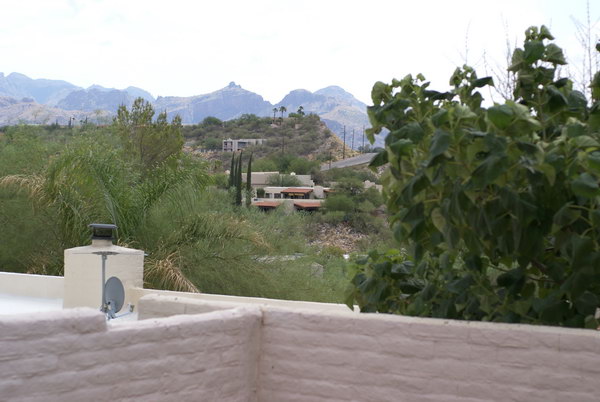 |
| This is the full shot, below are the center crops. |
| F/1.4 |
 |
| F/2.0 |
 |
|
F/2.8
|
 |
|
F/4
|
 |
|
F/5.6
|
 |
|
F/8
|
 |
|
F/11
|
 |
| F/16 |  |
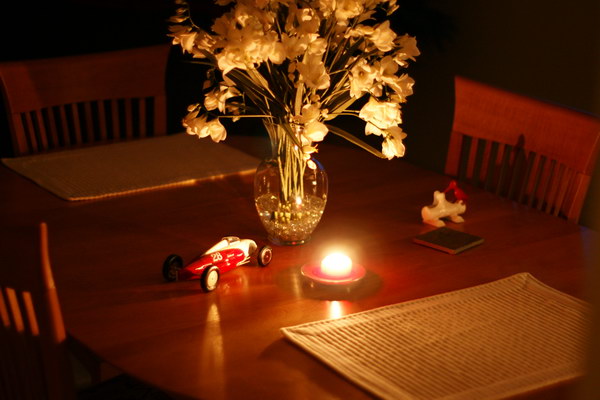 |
| Hand held one candle shot in otherwise totally dark room, |
|
Full frame results using the Sony A900 below.
Check out the differences when using a film or full frame camera below. I’m only pointing out the noticeable issues as compared to the APS-C bodies, so if I don’t show it here, the results are not significantly different enough to warrant posting an additional set of images in this section.
Light fall-off
Light fall-off is worse than the APS-C crops shown earlier. At F/1.4 it’s heavy, and noticeable in real shots, but don’t shoot at this aperture in daylight.
Full image from A900 below.
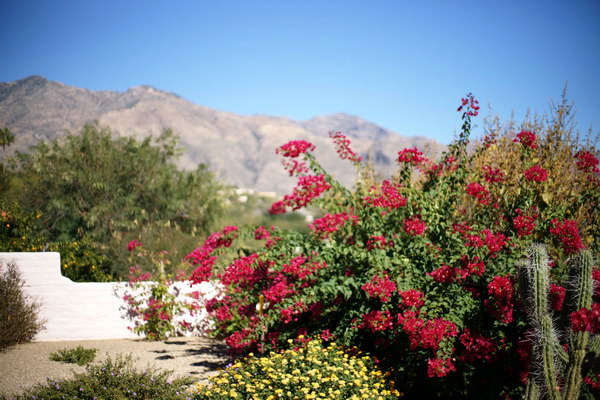
The dark corners are noticeable here, but this is the wrong thing to do with a F/1.4 aperture. Save the fast part of the lens for low-light shots where this kind of stuff isn’t noticeable. This picture was F/1.4 at 1/8000sec.
Corner samples next.
The corners are softer than the APS-C crops show. Don’t worry about this too much as a normal landscape shot would be at least F/5.6, and low light shots would probably hide soft corners depending on subject matter. It appears that F/11 produces the sharpest corners, but F/4 is acceptable. I left out the F/5.6 crop because there’s little difference in that step, and I can save a row. The exposure differences are from light fall-off.
There’s slightly more barrel distortion using the A900. It looks very similar to the Minolta 28mm F/2 distortion.
Coma results with full frame.
This is coma on the A900. At F/1.4 it looks like birds coming in for a landing, ya think? You need an extra stop and a half to get rid of it with the A900 as opposed to an APS-C body. F/2.8 looks OK in real images. The crops are taken from near the edge of the image but coma can be seen over 2000 pixels in from the corners towards the center at F/1.4, 600 pixels at F/2, and about 300 pixels at F/2.8. This lens performs nearly the same in this category as theMinolta AF 28mm F/2 reviewed here. Don’t try and make direct comparisons to the crops above and the APS-C crops at the top of the page as they were taken at different distances and slightly different angles.
|
